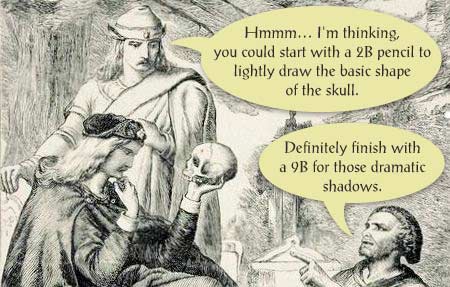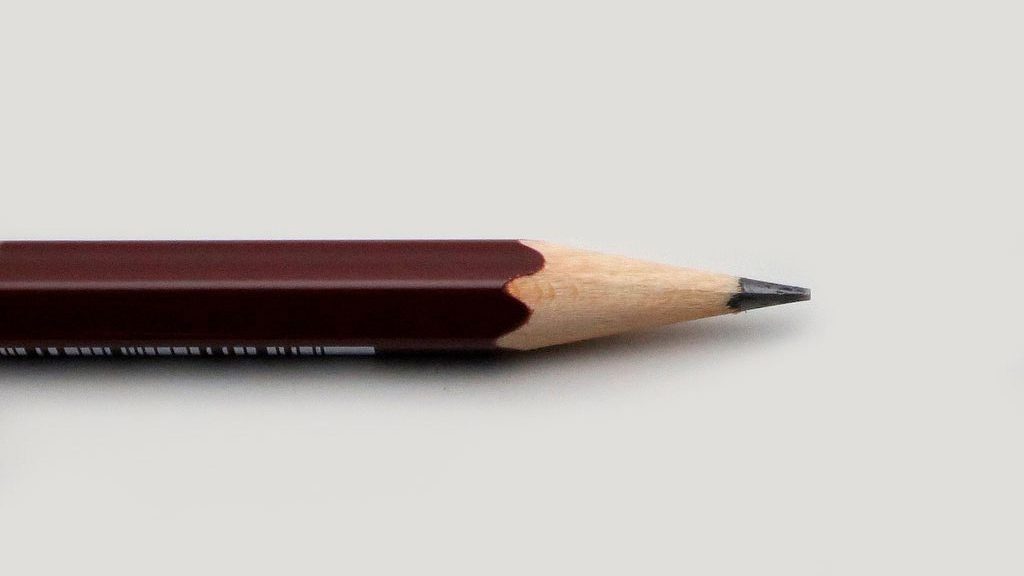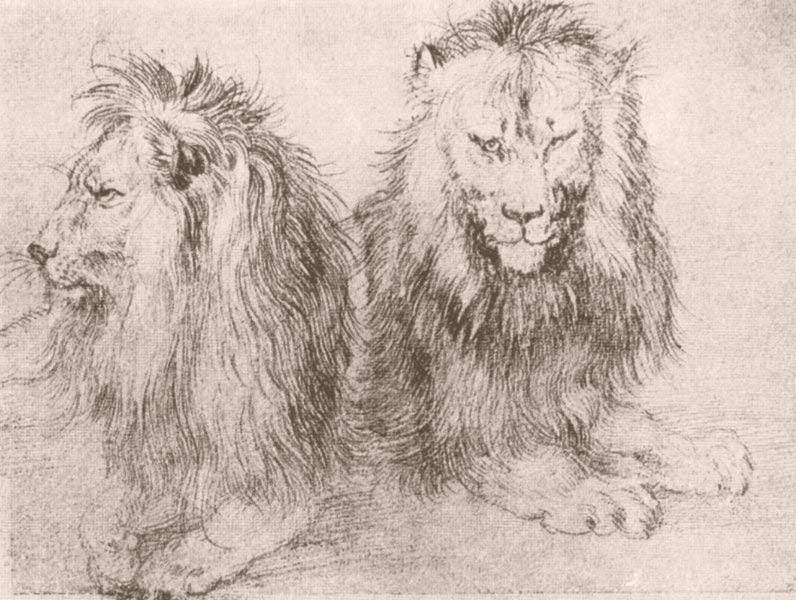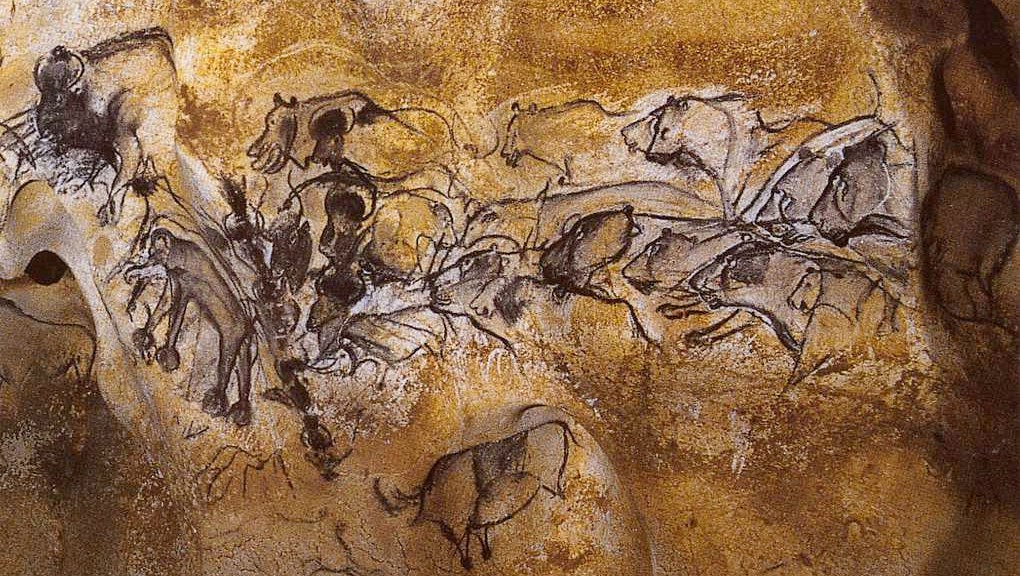 During the early 17th century, as Shakespeare's Prince Hamlet first gazed upon a skull and questioned what to be in life, the country of England was busy mining a valuable carbon material. This dark, powdery material eventually … Continue Reading ››
During the early 17th century, as Shakespeare's Prince Hamlet first gazed upon a skull and questioned what to be in life, the country of England was busy mining a valuable carbon material. This dark, powdery material eventually … Continue Reading ›› 2B or Not 2B?
Which pencil should you use for drawing? That is the question.
 During the early 17th century, as Shakespeare's Prince Hamlet first gazed upon a skull and questioned what to be in life, the country of England was busy mining a valuable carbon material. This dark, powdery material eventually … Continue Reading ››
During the early 17th century, as Shakespeare's Prince Hamlet first gazed upon a skull and questioned what to be in life, the country of England was busy mining a valuable carbon material. This dark, powdery material eventually … Continue Reading ››
 During the early 17th century, as Shakespeare's Prince Hamlet first gazed upon a skull and questioned what to be in life, the country of England was busy mining a valuable carbon material. This dark, powdery material eventually … Continue Reading ››
During the early 17th century, as Shakespeare's Prince Hamlet first gazed upon a skull and questioned what to be in life, the country of England was busy mining a valuable carbon material. This dark, powdery material eventually … Continue Reading ›› 
 Learning to control your line work is crucial in learning to draw well. One way to tame the lines in your drawings is to take time to read the line work done by great masters. In studying the confident strokes by legendary virtuosos—from ancient cave artists, to …
Learning to control your line work is crucial in learning to draw well. One way to tame the lines in your drawings is to take time to read the line work done by great masters. In studying the confident strokes by legendary virtuosos—from ancient cave artists, to … 